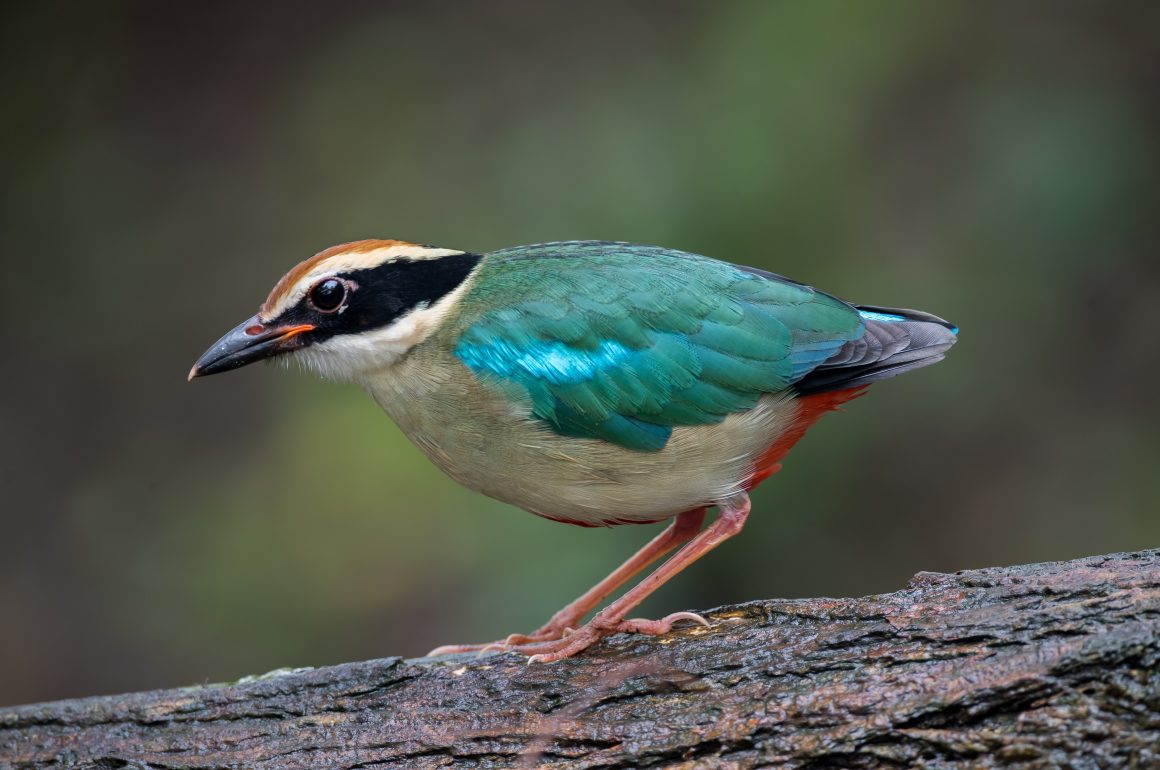
You may remember – though I am pretty sure you do not, because who would – that my second-to-last blog post ended on a slightly disappointed note. The hero of the post (if you can accept the role of a hero given to an underemployed, middle-aged management consultant) failed to see a Fairy Pitta at his local spot at Nanhui, Shanghai.
So, you (that is, those who remember that post, which I am sure nobody does) will be relieved to hear that I saw the pitta several times this month. In fact, at the moment I am kind of hoping for it to leave Nanhui, as it attracts lots of old bird photographers with limited interest in birds (a nice colorful photo is enough, thank you) and fairly bad manners. I always thought that the appreciation of birds and certain minimum environmental standards (i.e., not just throwing your trash out in nature) go hand in hand, but it turns out I was wrong.
Here is the troublemaker, Fairy Pitta.
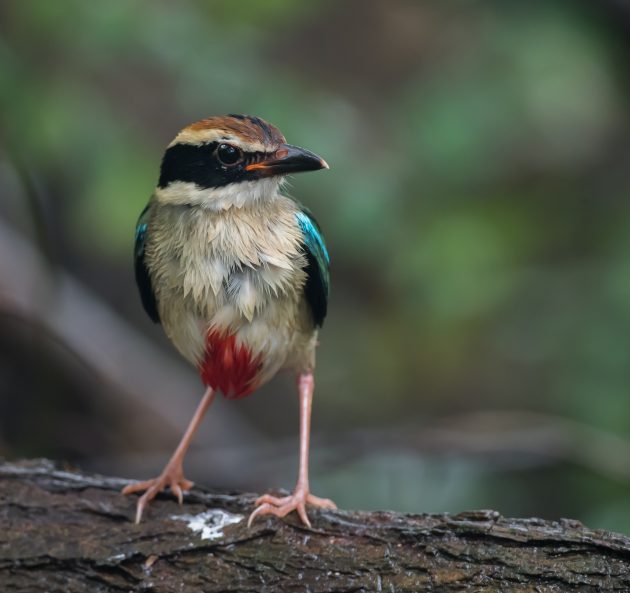
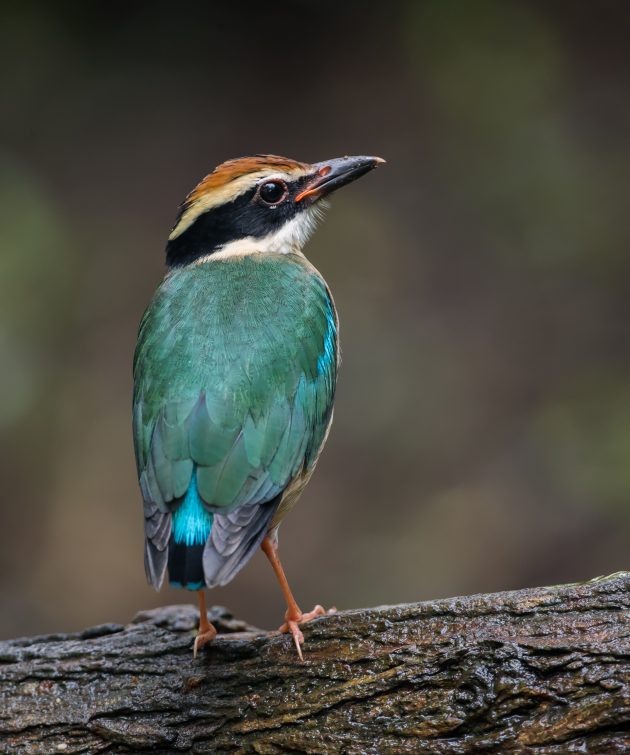
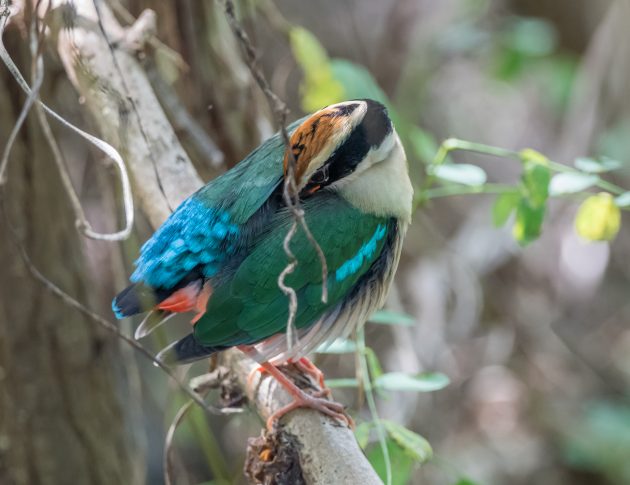
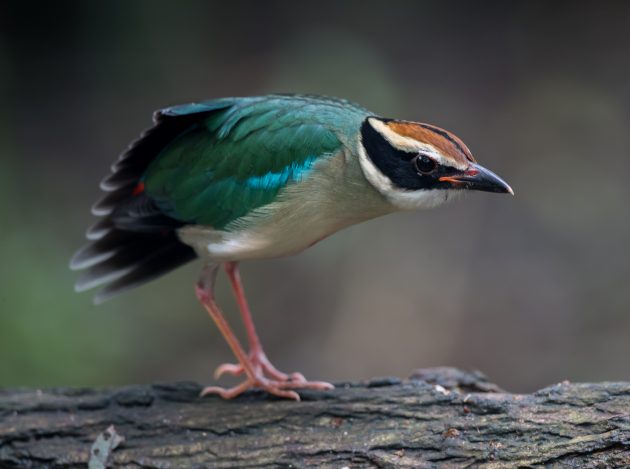
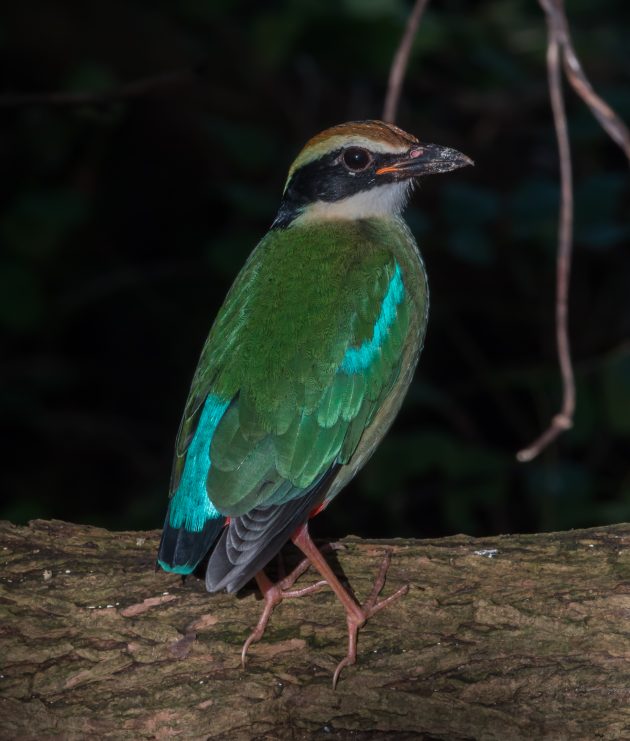
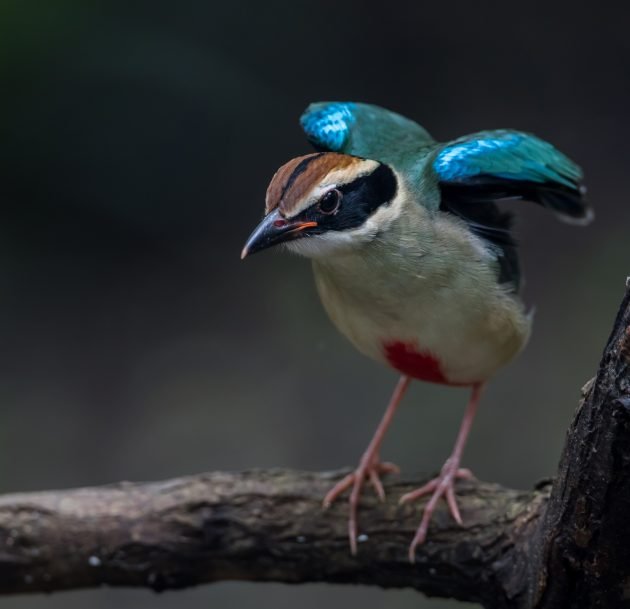
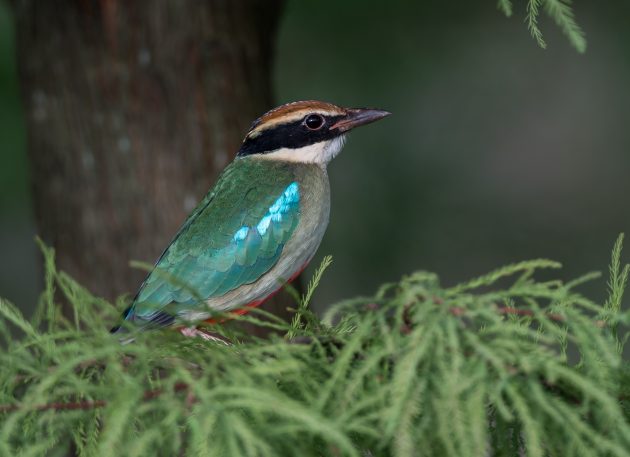
“Do not leave your trash here!”
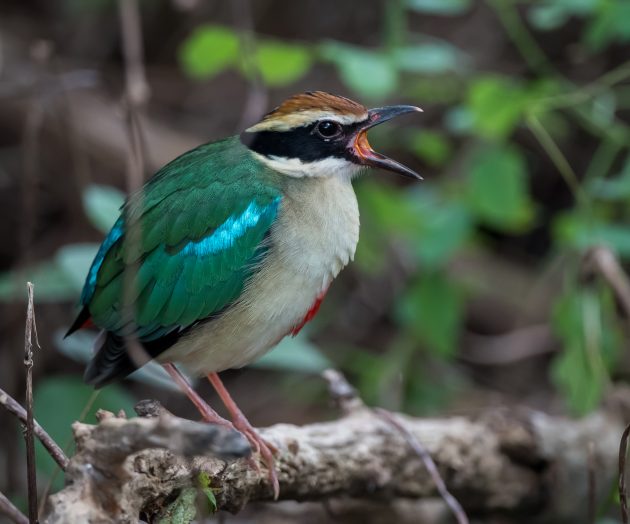
On the other hand, nature sometimes can take lemons and turn them into lemonade (what an appalling phrase though, makes me immediately search the internet for demotivational posters). In Nanhui, this happened when a Siberian Thrush found a discarded plastic container filled with rainwater. The bird drank from it, then decided a bath would not hurt either. After that, vicious drying on a nearby tree.
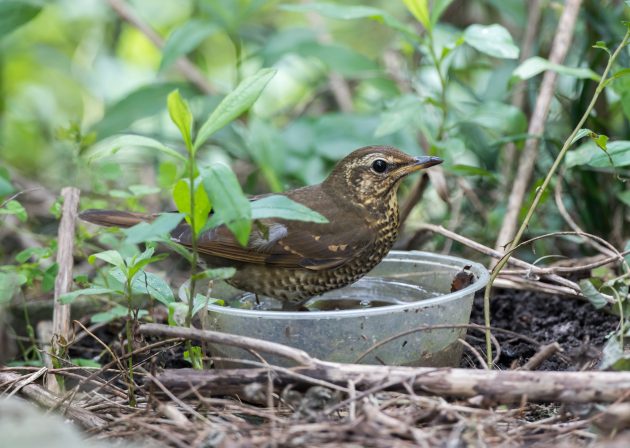
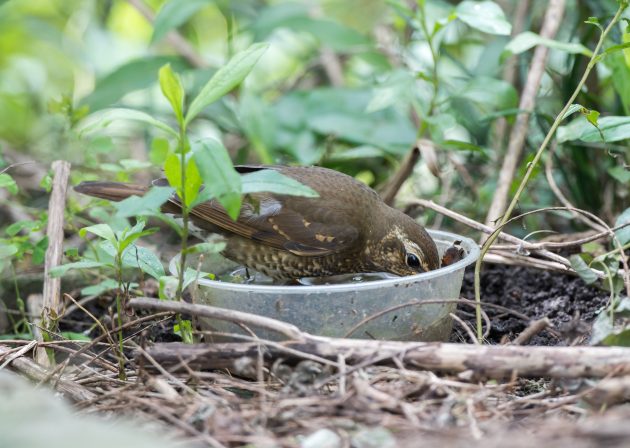
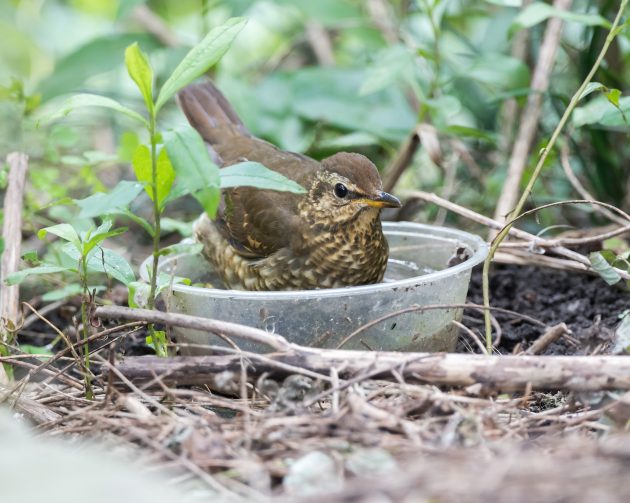

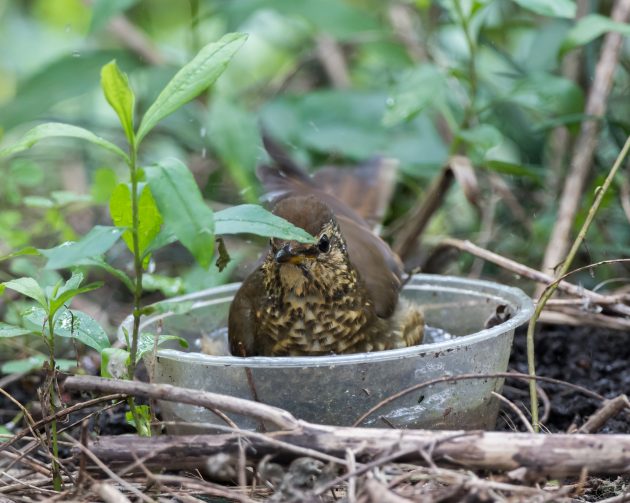
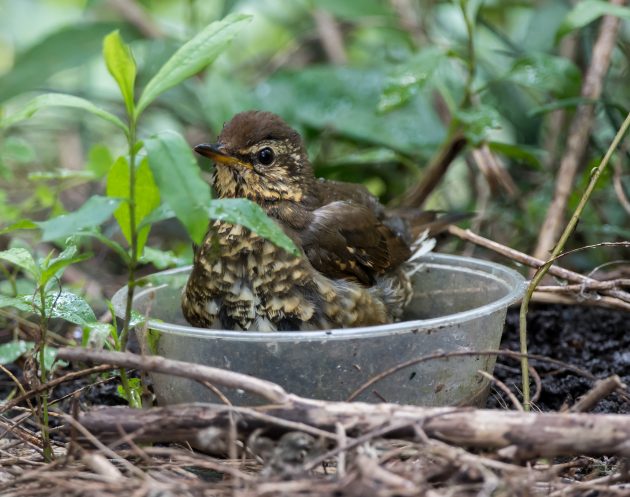
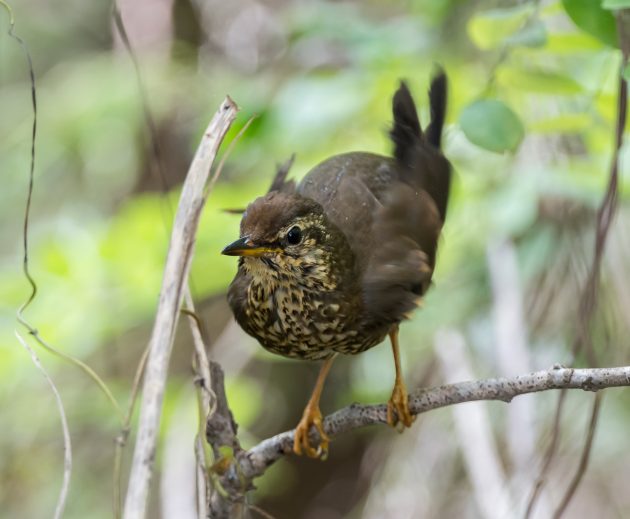
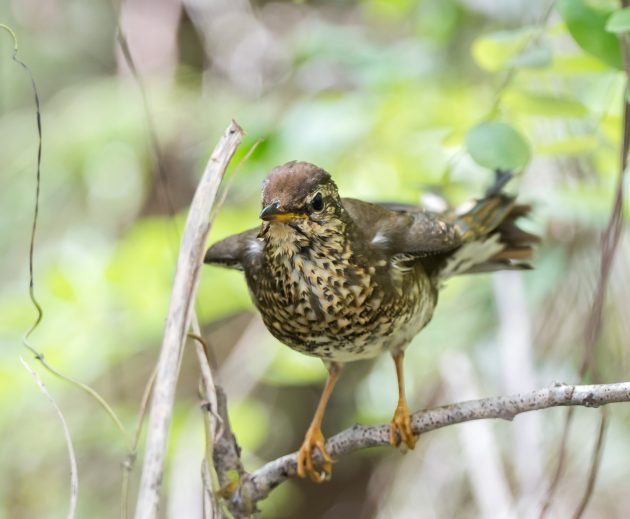
There were also some other Siberian Thrushes around this month. Not all of them wanted/needed a bath.
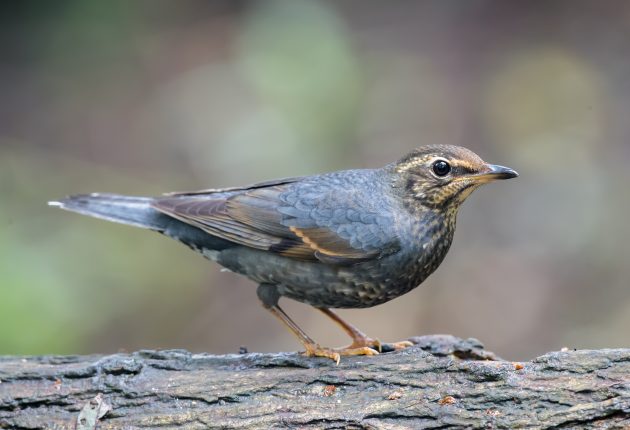
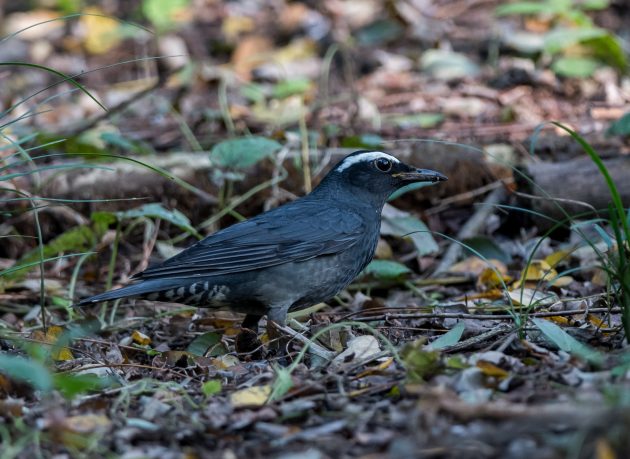
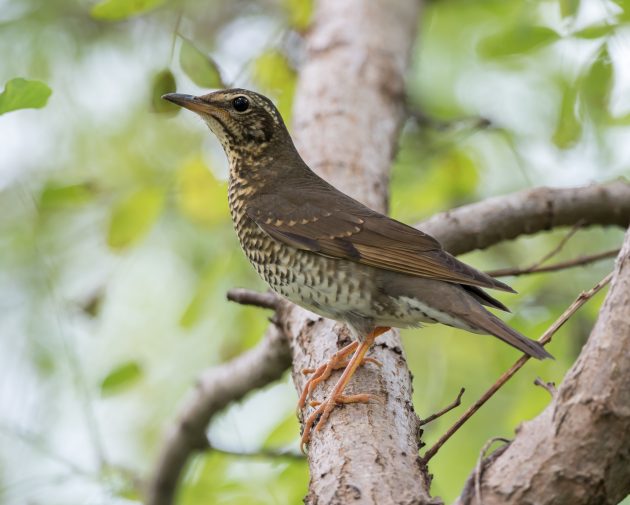
A cuckoo (don`t ask me about the species) sat in a daze on the ground, having apparently been attacked. After a while, it flew into a bush, so I hope it was ok.
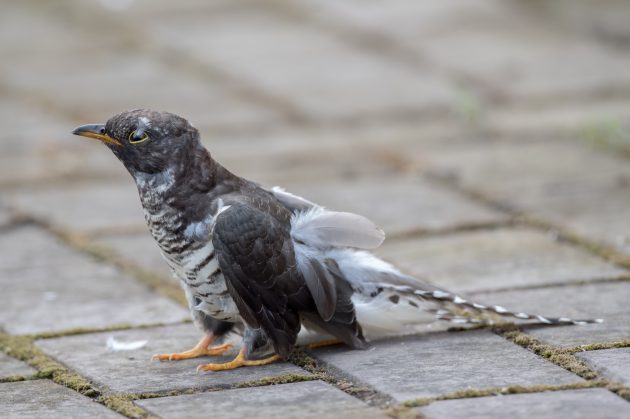
Blue-and-white Flycatchers are among the most attractive birds here in autumn. I am not sure what the point of the gorgeous light blue color of the immature male is (practicing his dark blue?), but it looks as nice as the dark blue of the mature male.
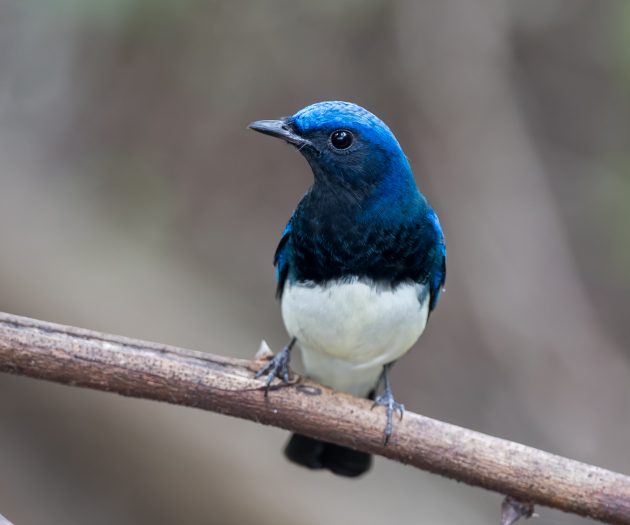
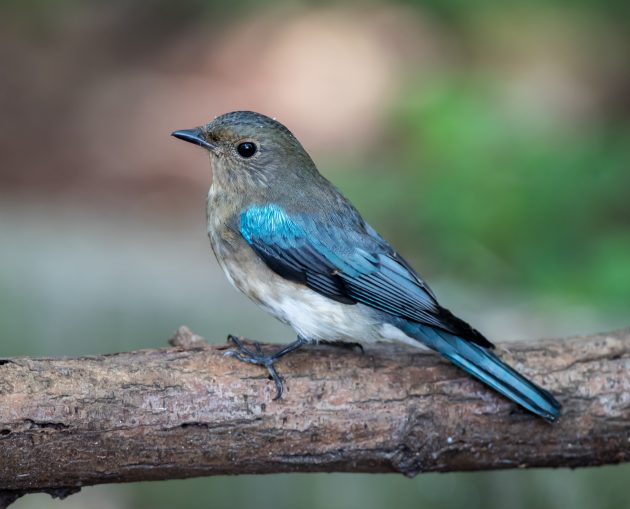
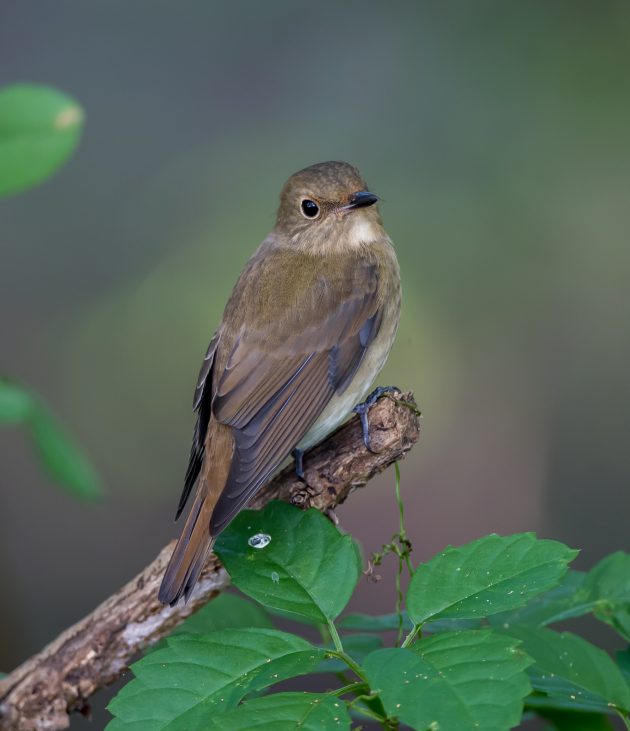
Of course, the adult male also got angry with people discarding their trash.
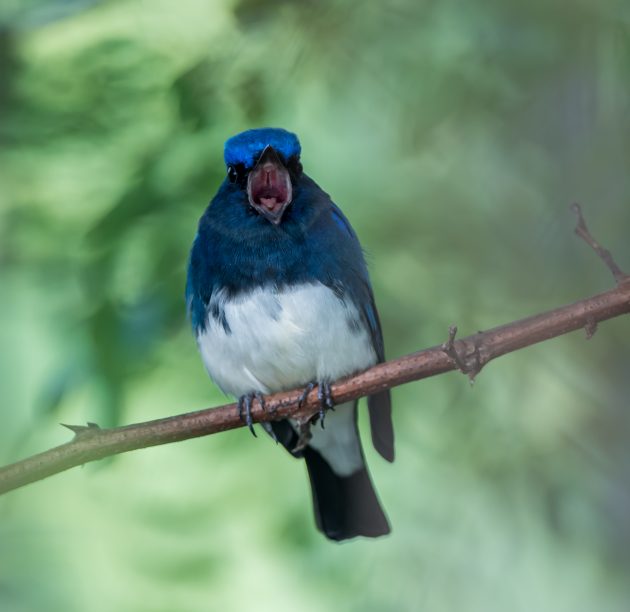
Owls begin migrating through Nanhui in the second half of September. My favorite species is the Oriental Scops Owl, a small owl that can be almost invisible if given the right motivation (e.g., too many birdwatchers).
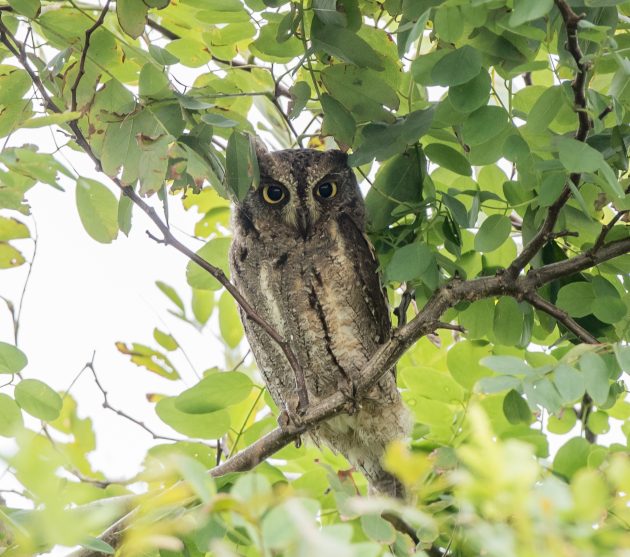
Visible
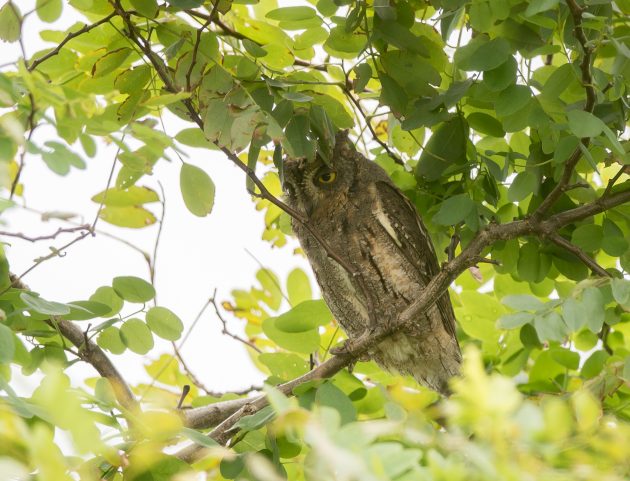
Visible
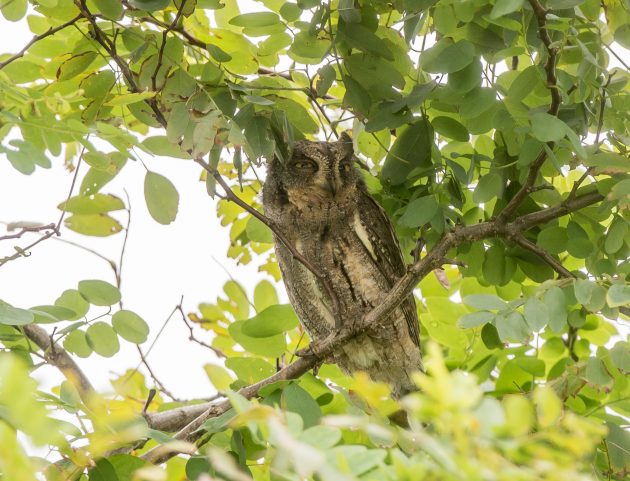
Visible
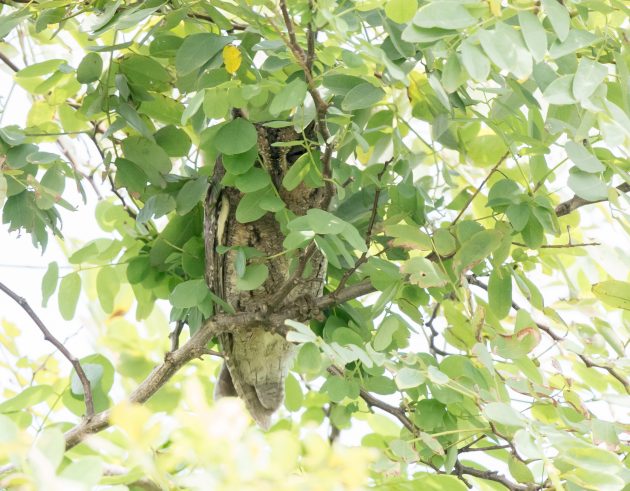
Almost invisible
The Eurasian Wryneck is among the more bizarre migrating birds here. The one I saw seemed to enjoy the sunlight and (I hope) to have its photo taken.
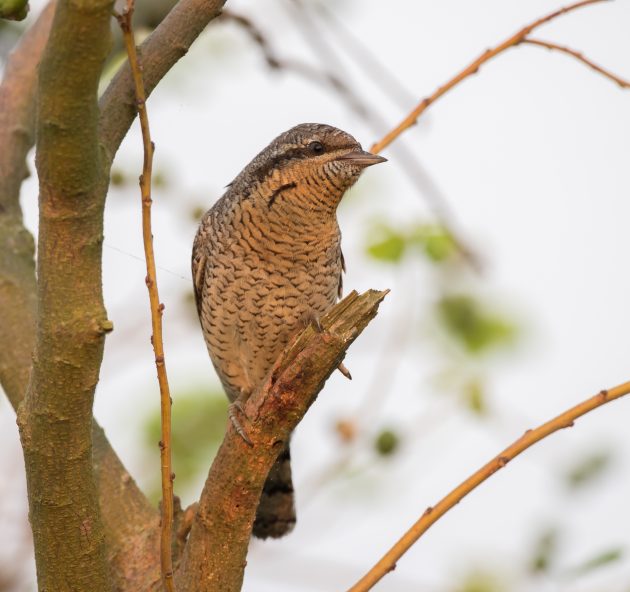
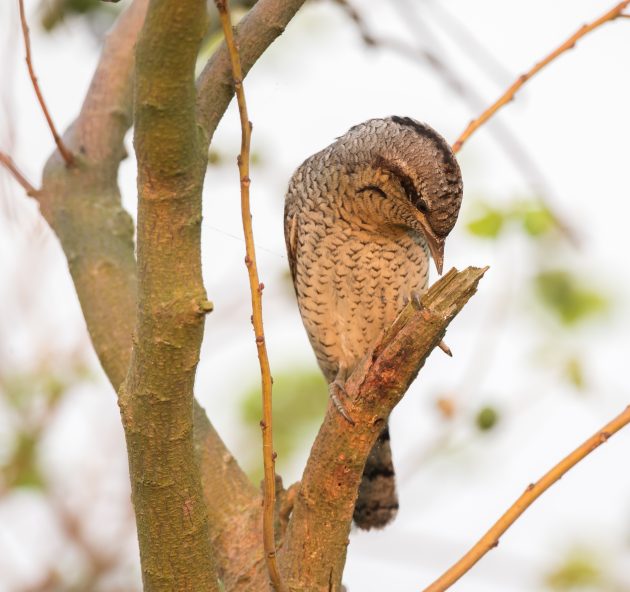
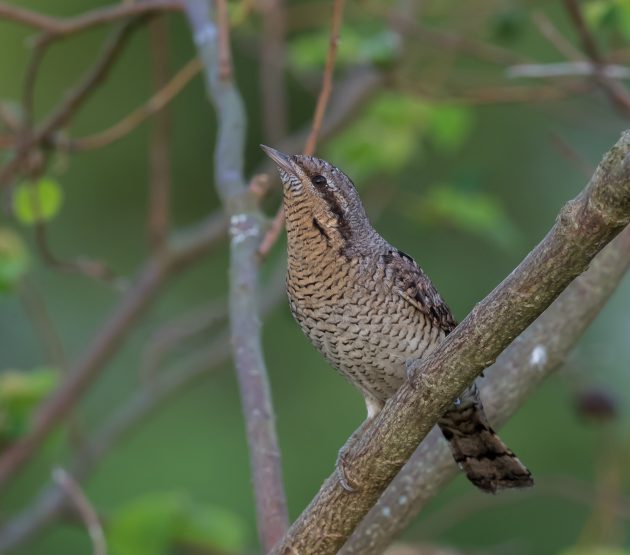
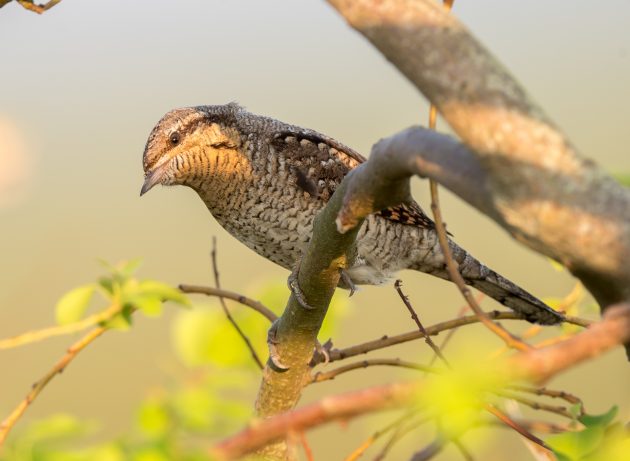

Of course, in terms of weirdness, the Grey Nightjar scores a similar number of points.
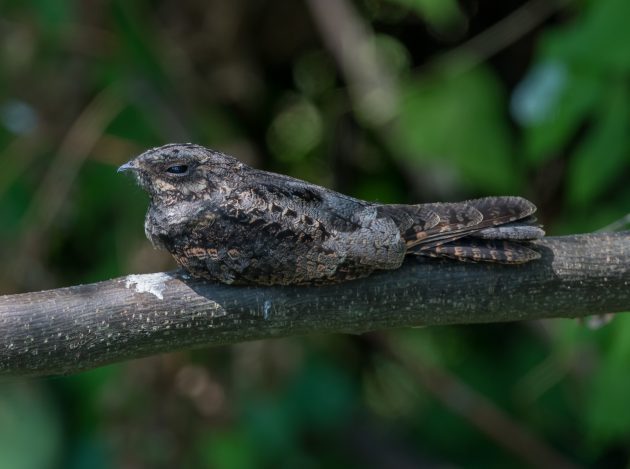
Among the trushes, White`s Thrush is another strong contender for looking weird and wonderful.
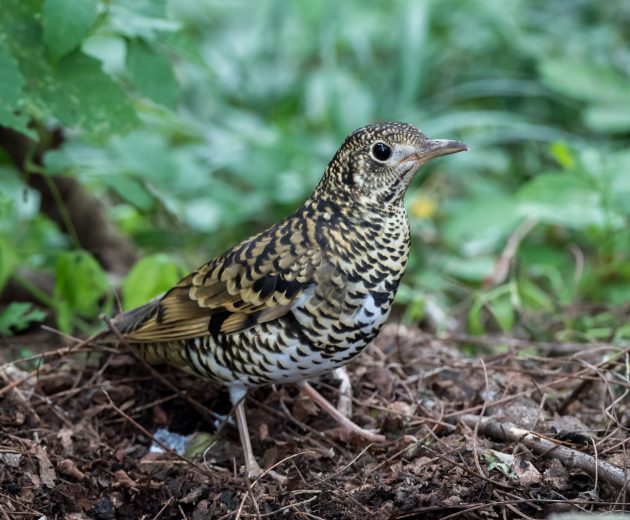
And among the raptors, Crested Honey Buzzard belongs to the same category.
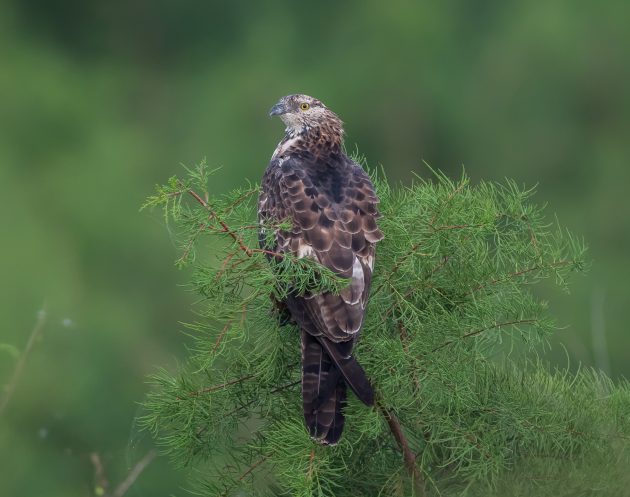
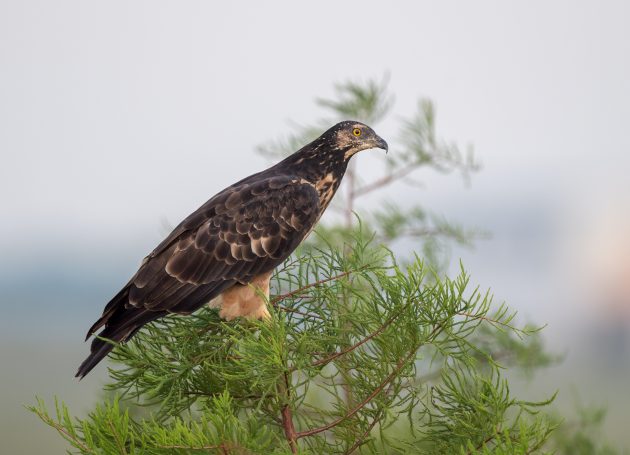
I just googled “Japanese Tit” in order to find some interesting facts to share about the bird (other than it has been split from Great Tit). A mistake. Most links led to pornographic sites. Another bird that should be kept away from children, apparently.
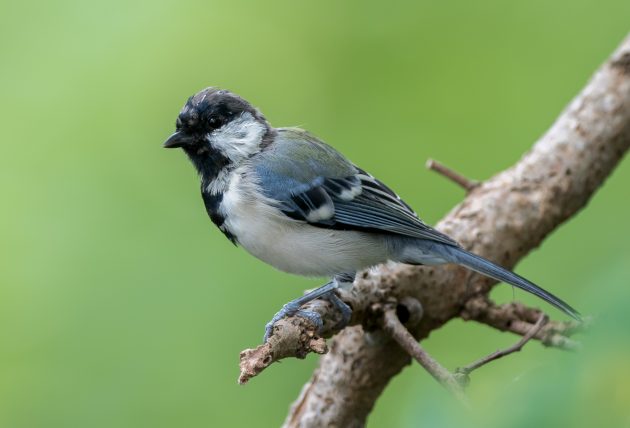
I just included this Oriental Dollarbird to show that the bird is indeed blue(ish) in the right light.
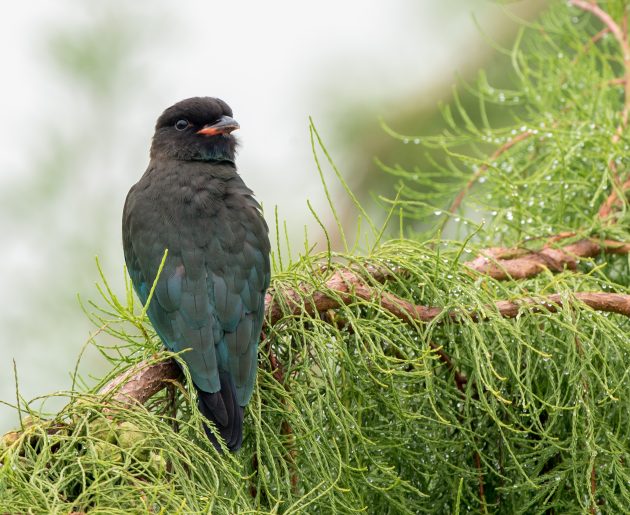
While there are three species of snipes at Nanhui, by sheer force of will, I have decided that this one is a Swinhoe`s Snipe. Try it yourself sometime. It makes your birding life easier.
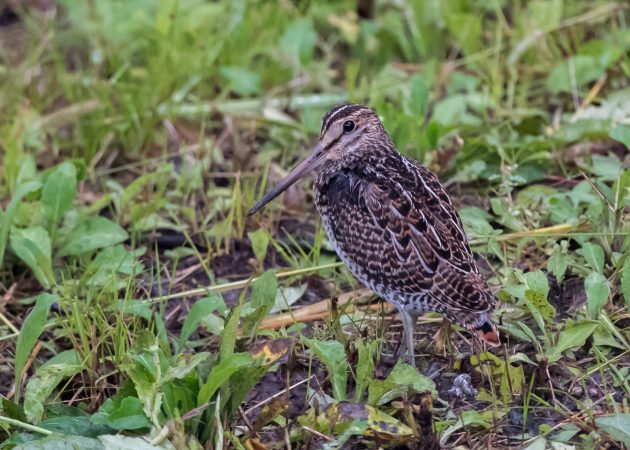
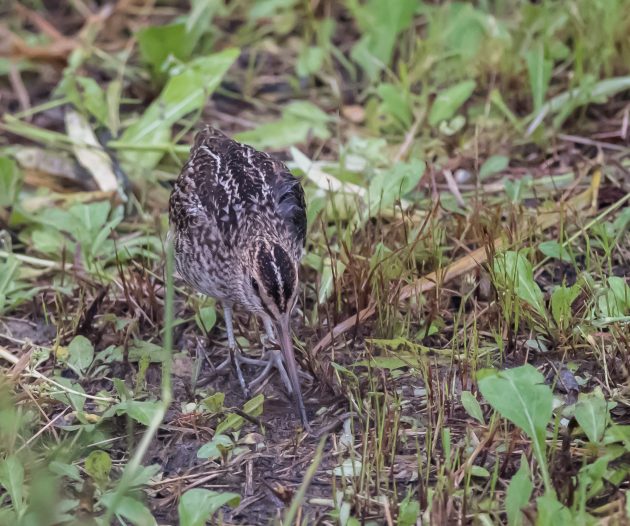
On a similar note, an Arctic Warbler. No, I did not hear its vocalization.
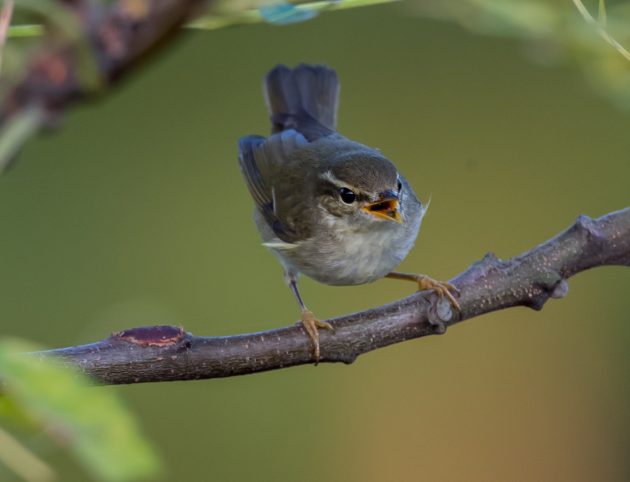
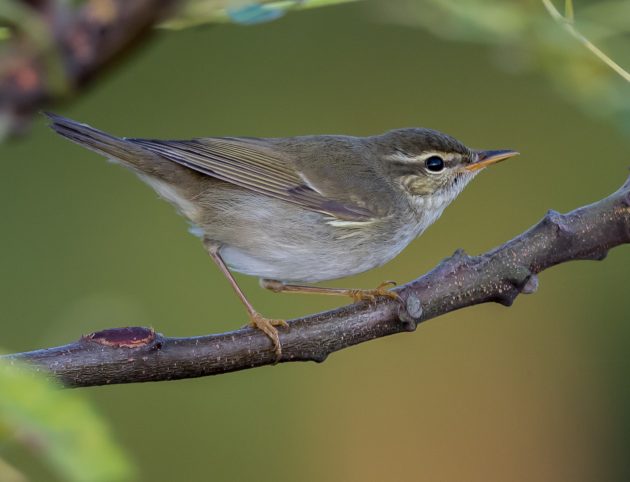
A doubtful Oriental Reed Warbler, probably watching some bird photographer emptying trash into the bird`s living room.
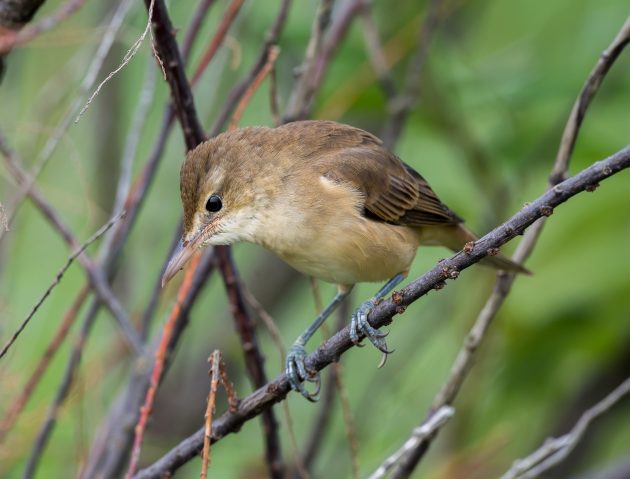
A Little Egret agreeing with the pitta. “Don`t put your trash here!”
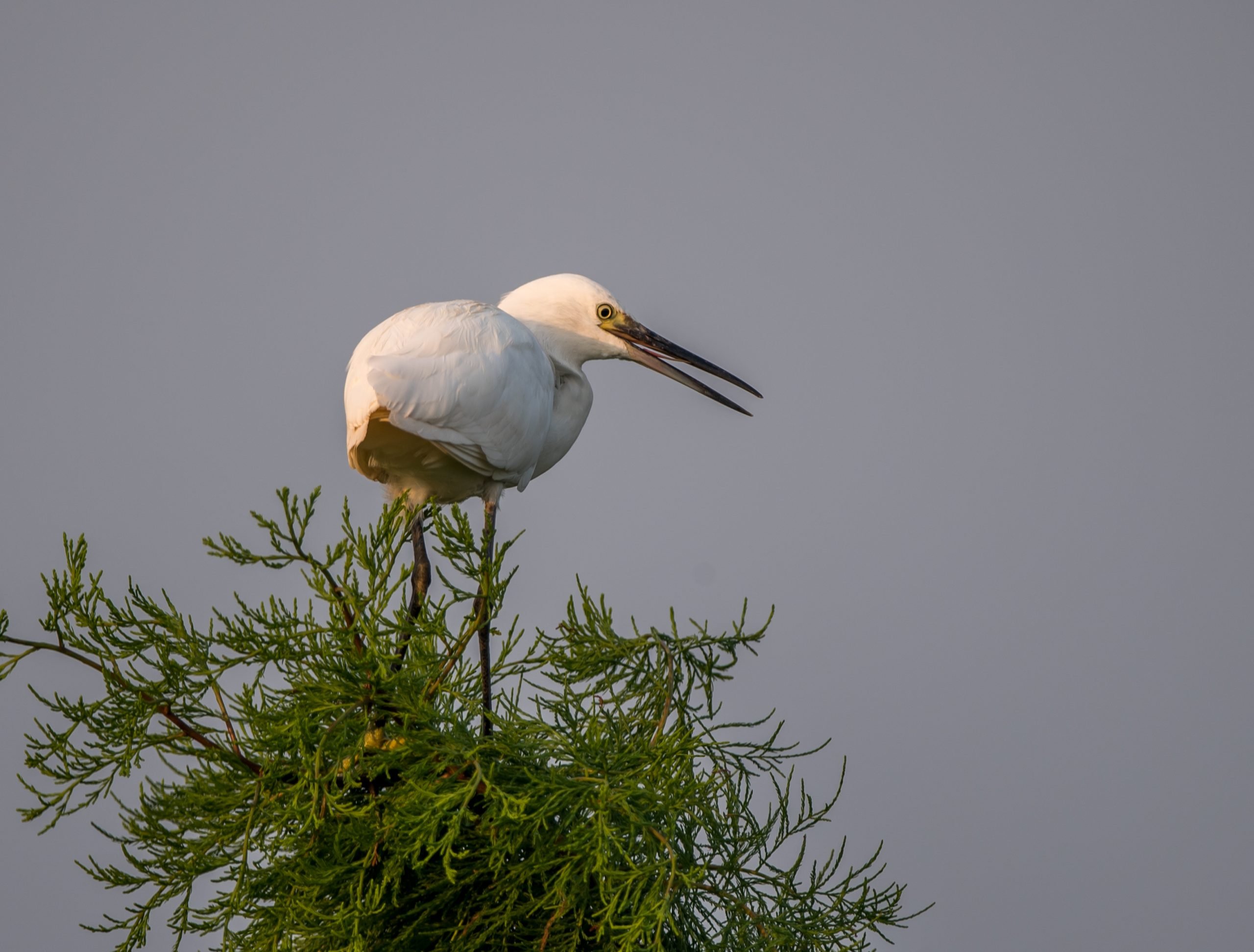
P.S.: The pitta left around September 26, much to the relief of the regular birdwatchers.













Great pictures, but disappointed to hear about bird photographers leaving their rubbish behind.
I love the photos and enjoyed your interpretations of the birds’ messages.